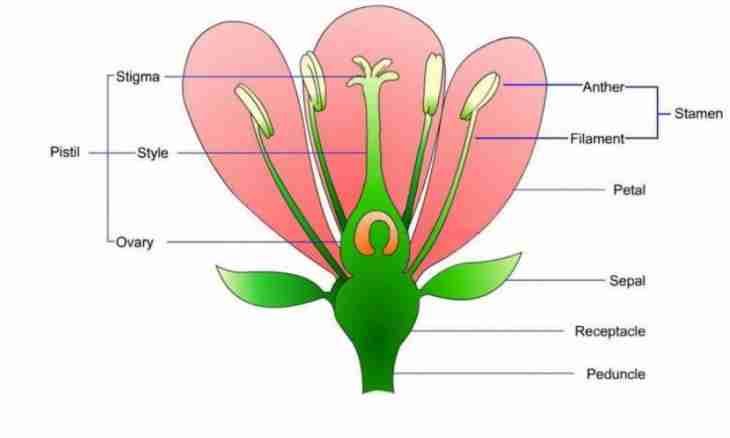Reproduction - natural property of living beings. It is sexual and sexless - i.e. to participation only of one individual, for lack of an individual of an opposite sex. The last meets at certain plant species and mushrooms and also at the simplest organisms.
Instruction
1. Asexual reproduction happens without exchange of genetic information between two individuals of a different floor. It is characteristic of the simplest unicells - amoebas, paramecium caudata. The variability at them is absent, throughout the millennia the affiliated individuals completely copy parental.
2. One of ways of asexual reproduction - division when are formed of one individual two affiliated (for example, amoebas). At the same time starts anew to share an organism kernel, and in two cytoplasm breaks up then. This way is widespread also among bacteria.
3. The simplest organism of a hydra breeds budding: affiliated individuals are formed of a "maternal" body.
4. The starfish breeds in the fragmented way: the "maternal" organism is divided into parts, and each of them becomes a full-fledged new starfish.
5. One more way - reproduction by disputes. Here it is about metaphytes - mushrooms and plants. At asexual reproduction only one plant participates in this process. It forms disputes or separates viable sites of a vegetative body, and affiliated individuals are formed of them under favorable circumstances.
6. Vegetative reproduction at plants happens to the help of vegetative bodies - leaves, roots and modified escapes. The violet, for example, breeds leaves, and raspberry roots. This phenomenon is especially widespread among wild-growing plants. Vegetative reproduction is natural and artificial when it is carried out by the person.
7. Often under natural conditions certain plant species breed the same bodies: tulips, lilies, narcissuses, onions and garlic - bulbs; dahlias, a girasol, potatoes - tubers; a wild strawberry - creeping escapes (mustache); ivan-tea, a field horsetail, a yarrow - rhizomes.
8. There are plants which can breed in both the sexual, and sexless way (a willow, an aspen, raspberry), and there are of what only the vegetative way is characteristic (for example, dvudomny elodeya the Canadian).
9. Plus artificial vegetative reproduction is that it allows to keep genetic purity in selection since the affiliated plant adopts all qualities of parental. And minus - in decrease in resistance to diseases and wreckers that is observed in several years of asexual reproduction.
10. In agriculture and gardening ways of artificial vegetative reproduction are applied by division of bushes, layers, shanks and inoculations.

